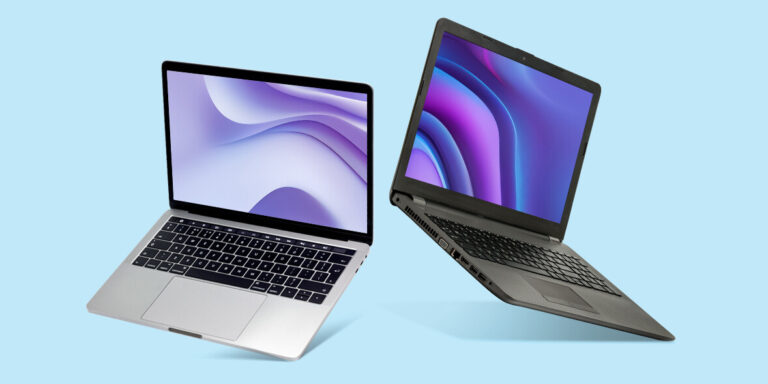Introduction
Currently, medical visual aids, comprising of medical models and charts, play an indispensable role in healthcare trends worldwide. These innovative tools revolutionize every aspect of healthcare, from patient communication to staff training, diagnosis, and treatment. They create a comprehensive understanding of the human body’s complex workings, boosting overall healthcare efficiency. This article takes an in-depth look into these fascinating tools, traversing their origins, significance, and promising future.
The importance of medical models and charts in healthcare cannot be overstated. They serve as quintessential tools that bridge the gap between theoretical knowledge and comprehensive understanding. It enables healthcare professionals to visualize and understand the complex human anatomy and its various diseases and conditions better. In the following sections, we will embark on an explorative journey, shedding light on the comprehensive world of medical models and charts.

The World Of Medical Models & Charts
Medical models and charts are quintessential to healthcare. They are diverse, varying in form based on usage and necessity. Some are physical representations, such as anatomy models, while others are digital or graphical interpretations, like medical charts. Over the centuries, they have evolved from primitive drawings on cave walls to 3D-printed anatomical models and interactive digital charts.
The origins of medical models and charts can be traced back to ancient civilizations. Egyptians, for instance, used papyri to chart the human body and its ailments. With time, they became more comprehensive and sophisticated, reflecting advancements in medical knowledge. In the modern healthcare setting, we use these tools to facilitate patient consultation, medical education, and even surgical planning.
Why Are Medical Models Important In Healthcare?
Medical models hold a pivotal role in today’s healthcare setting. They aid in visualizing the human body’s intricacies, providing a tangible, three-dimensional perspective that texts or images cannot match. With such realistic representations, healthcare professionals can deepen their understanding of the human anatomy and its plethora of conditions, leading to accurate diagnosis and effective treatment.
An intricate understanding of a patient’s condition impacts quality of care significantly. Medical models enable this understanding by simplifying complex biological processes, structures, and conditions into a visually graspable form. They foster productive patient-doctor communication, making it easier for physicians to explain, and for patients to comprehend their health status. Such mutual understanding fosters trust, enhancing overall healthcare delivery.
How Medical Charts Enhance Patient Care
Medical charts serve as treasure troves of patient information, providing an integral backdrop for informative medical decisions. Typically, they carry the patient’s history, present complaints, clinical observations, test results, diagnoses, treatment plans, and follow-ups.
In practice, these charts streamline communication among healthcare teams. By presenting patient information in a clear, systematic manner, they allow quick yet detailed understanding of patient conditions. Consequently, medical professionals can fine-tune their treatment approaches for optimized care. Moreover, efficient documentation prevents medical errors, contributing to patient safety.
The Role Of Medical Models & Charts In Medical Training And Patient Education
Medical models and charts significantly contribute to demystifying medical science. In educational settings, they help medical students visualize complex anatomical structures, fostering an in-depth understanding that no textbook can offer. Moreover, they provide a realistic touch to classroom education, preparing students for real-world scenarios.
From a patient perspective, these visual tools help them understand their ailments better. A thorough understanding of one’s condition encourages a proactive reaction to treatment, consequently promoting faster recovery. In essence, medical charts and models substantially contribute to patient education, forming the crux of informed healthcare.
The Synergy Between Technology And Medical Models
The merger of healthcare and technology has notably enhanced the domain of medical models and charts. Advancements like 3D-printing and digital charting revolutionize medical visual aids, making them more precise, interactive, and personalized.
Imagine having a real-size, 3D-printed heart model tailored to a specific patient. The surgeon studying such a model can better plan the surgical approach, enhancing surgical precision. Similarly, digital charting optimizes patient data management, facilitating smooth access, communication, and interpretation of patient information among healthcare teams.
Ensuring Quality And Accuracy In Medical Models & Charts
The efficacy of medical models and charts rests on two pillars: accuracy and quality. High precision makes these tools reliable, enhancing their practical value in healthcare. To ensure such quality, healthcare settings should adhere to strict standards during the creation and selection of these models and charts.
Accuracy is particularly crucial, given these tools’ role in diagnosis, treatment, and medical education. An erroneous model or chart can lead to wrong diagnoses and, in a worst-case scenario, fatal treatment. Hence, the evaluation of these tools should be a standard procedure in healthcare to ensure their efficacious contribution to health services.
The Future Of Medical Models & Charts
The future looks promising for medical models and charts, with advancements like Artificial Intelligence (AI) and Virtual Reality (VR). AI can aid in developing intelligent charting systems, facilitating predictive healthcare. VR, on the other hand, can virtualize the human body in detail, leveling up the game for both patient and medical education.
These advancements will undoubtedly revolutionize healthcare, bringing about a new era of precision and personalized care. However, the efficient integration of these innovations stands as a challenge that needs to be conquered for a seamless healthcare future.
Case Studies: Successful Use Of Medical Models & Charts
One successful use of medical models includes the creation of patient-specific 3D heart models to assist surgical planning in complex cases. A study by Mayo Clinic shared the success of this approach, asserting that these personalized models significantly enhanced surgical precision and patient recovery.
Meanwhile, a case study from Denmark revealed the remarkable impact of digital charting in dementia care. Efficient digitization of patient information significantly improved care quality in nursing homes, highlighting the transformative potential of technological lubrication in healthcare charting.
Conclusion
Medical models and charts have come a long way, evolving from basic sketches to detailed, interactive tools. These resources bring a new dimension to healthcare safety, quality, and efficiency, serving as a beacon for patient understanding, medical education, and healthcare collaboration. With innovative future prospects, this arena is set to magnify the horizon of modern healthcare.












